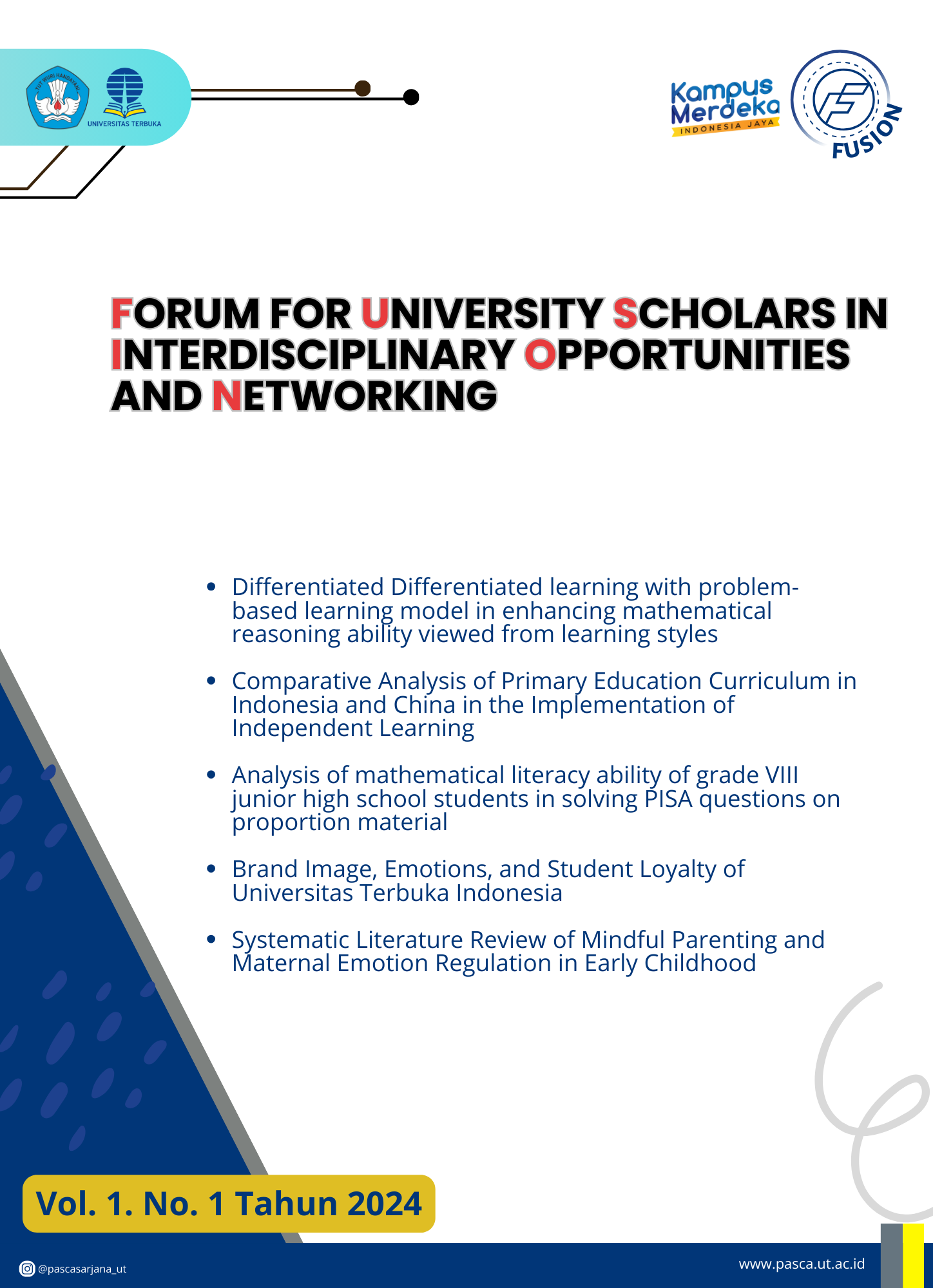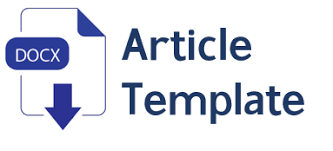Using a Two-tier Diagnostic Test to Analyze Students’ Misconceptions and Misunderstandings of Solar System
Keywords:
Misconceptions, Misunderstandings, two-tier diagnostic test, solar system, certainty of response index, scienceAbstract
Students' understanding of the concept of the solar system is very diverse due to the abstract nature of the material, which can lead to misconceptions and misunderstandings of the concept. This study aims to identify the concept understanding of grade VI elementary school students on solar system material, with the main objectives of (1) identifying students' misconceptions and misunderstandings on the concept, and (2) measuring the frequency of misconceptions and misunderstandings. The research method used a survey with an instrument in the form of a two-tier diagnostic test consisting of true-false answers and assisted by a certainty of response index with three levels of student confidence in their understanding. The respondents were 133 grade VI students from seven elementary schools. Data were analyzed descriptively quantitatively using percentages and bar charts. The results showed that more than half of the students had misconceptions and misunderstandings on the concept of the solar system, especially on the concept of the phase of the moon, the position of the sun in the sky, and the perception of meteors as “shooting stars”. This study found that gender differences affect elementary school students' concept understanding. Male students tend to experience higher misconceptions than female students. Conversely, female students experienced higher concept misconceptions than male students. This study recommends the use of augmented reality-based learning media to help overcome students' misconceptions and misunderstandings on the concept of the solar system.
References
A’yun, Q., & Nuswowati, D. M. (2018). Analisis Miskonsepsi Siswa Menggunakan Tes Diagnostic Multiple Choice Berbantuan Cri (Certainty of Response Index). Jurnal Inovasi Pendidikan Kimia, 12(1), 2108–2117.
Adolphus, T., & Omeodu, D. (2016). Effects of Gender and Collaborative Learning Approach on Students’ Conceptual understanding of Electromagnetic Induction. Journal of Curriculum and Teaching, 5(1), 78–86. https://doi.org/10.5430/jct.v5n1p78
Fadillah, S. (2017). Analisis Miskonsepsi Siswa Smp Dalam Materi Perbandingan Dengan Menggunakan Certainty of Response Index (Cri). Jurnal Pendidikan Informatika Dan Sains, 5(2), 247–259. http://www.journal.ikippgriptk.ac.id/index.php/saintek/article/view/349
Fitriati, A., Anggoro, S., Harmianto, S., & Tubastuvi, N. (2021). Kindfull-digital character book effectiveness: A user satisfaction approach. Ingenierie Des Systemes d’Information, 26(5), 491–500. https://doi.org/10.18280/isi.260509
Gumilar, S. (2016). Analisis Miskonsepsi Konsep Gaya Menggunakan Certainty of Respon Index (CRI). Gravity: Jurnal Ilmiah Penelitian Dan Pembelajaran Fisika, 2(1), 59–71. http://jurnal.untirta.ac.id/index.php/Gravity
Kanli, U. (2014). A study on identifying the misconceptions of pre-service and in-service teachers about basic astronomy concepts. Eurasia Journal of Mathematics, Science and Technology Education, 10(5), 471–479. https://doi.org/10.12973/eurasia.2014.1120a
Kanli, U. (2015). Using a Two-tier Test to Analyse Students’ and Teachers’ Alternative Concepts in Astronomy. Science Education International, 26(2), 148–165.
Khairaty, N. I., Taiyeb, A. M., & Hartati, H. (2018). Identification of students misconception on circulatory system using three-tier test in class XI IPA 1 SMA Negeri 1 Bontonompo. Jurnal Nalar Pendidikan, 6(1), 7–13.
Kirbulut, Z. D., & Geban, O. (2014). Using three-tier diagnostic test to assess students’ misconceptions of states of matter. Eurasia Journal of Mathematics, Science and Technology Education, 10(5), 509–521. https://doi.org/10.12973/eurasia.2014.1128a
Korur, F. (2015). Exploring seventh-grade students’ and pre-service science teachers’ misconceptions in astronomical concepts. Eurasia Journal of Mathematics, Science and Technology Education, 11(5), 1041–1060. https://doi.org/10.12973/eurasia.2015.1373a
Laksana, D. N. L. (2016). Miskonsepsi Dalam Materi Ipa Sekolah Dasar. JPI (Jurnal Pendidikan Indonesia), 5(2), 166. https://doi.org/10.23887/jpi-undiksha.v5i2.8588
Nworgu, B. G., Ugwuanyi, C. S., & Nworgu, L. N. (2013). School Locatıon and Gender as Factors in Senıor Secondary School Students’ Conceptual Understandıng of Force And Motıon. International Journal of Educational Research and Technology, 4(4), 71–76.
Sagala, R., Umam, R., Thahir, A., Saregar, A., & Wardani, I. (2019). The effectiveness of stem-based on gender differences: The impact of physics concept understanding. European Journal of Educational Research, 8(3), 753–761. https://doi.org/10.12973/eu-jer.8.3.753
Serttaş, S., & Türkoğlu, A. Y. (2020). Diagnosing students’ misconceptions of astronomy through concept cartoons. Participatory Educational Research, 7(2), 164–182. https://doi.org/10.17275/PER.20.27.7.2
Sudijono, A. (2010). Pengantar Statistik Pendidikan (XXII). Jakarta: Rajawali Press
Tobin, K. G., & Capie, W. (1981). The development and validation of a group test of logical thinking. Educational and Psychological Measurement, 41(2), 413–423. https://doi.org/10.1177/001316448104100220
Treagust, D. F. (1988). Development and use of diagnostic tests to evaluate students’ misconceptions in science. International Journal of Science Education, 10(2), 159–169. https://doi.org/10.1080/0950069880100204
Vosniadou, S., & Skopeliti, I. (2017). Is it the Earth that turns or the Sun that goes behind the mountains? students’ misconceptions about the day/night cycle after reading a science text. International Journal of Science Education, 39(15), 2027–2051. https://doi.org/10.1080/09500693.2017.1361557
Waluyo, E. M., Muchyidin, A., & Kusmanto, H. (2019). Analysis of Students Misconception in Completing Mathematical Questions Using Certainty of Response Index (CRI). Tadris: Jurnal Keguruan Dan Ilmu Tarbiyah, 4(1), 27–39. https://doi.org/10.24042/tadris.v4i1.2988
Yuliati, Y. (2017). Miskonsepsi Siswa Pada Pembelajaran Ipa Serta Remediasinya. Jurnal Bio Education, 2, 50–58.
Downloads
Published
How to Cite
Conference Proceedings Volume
Section
License
Copyright (c) 2024 Zidan Muhabib, Subuh Anggoro, Lidya Choirun Nisa, Iga Dinata Zata Amani

This work is licensed under a Creative Commons Attribution-ShareAlike 4.0 International License.












